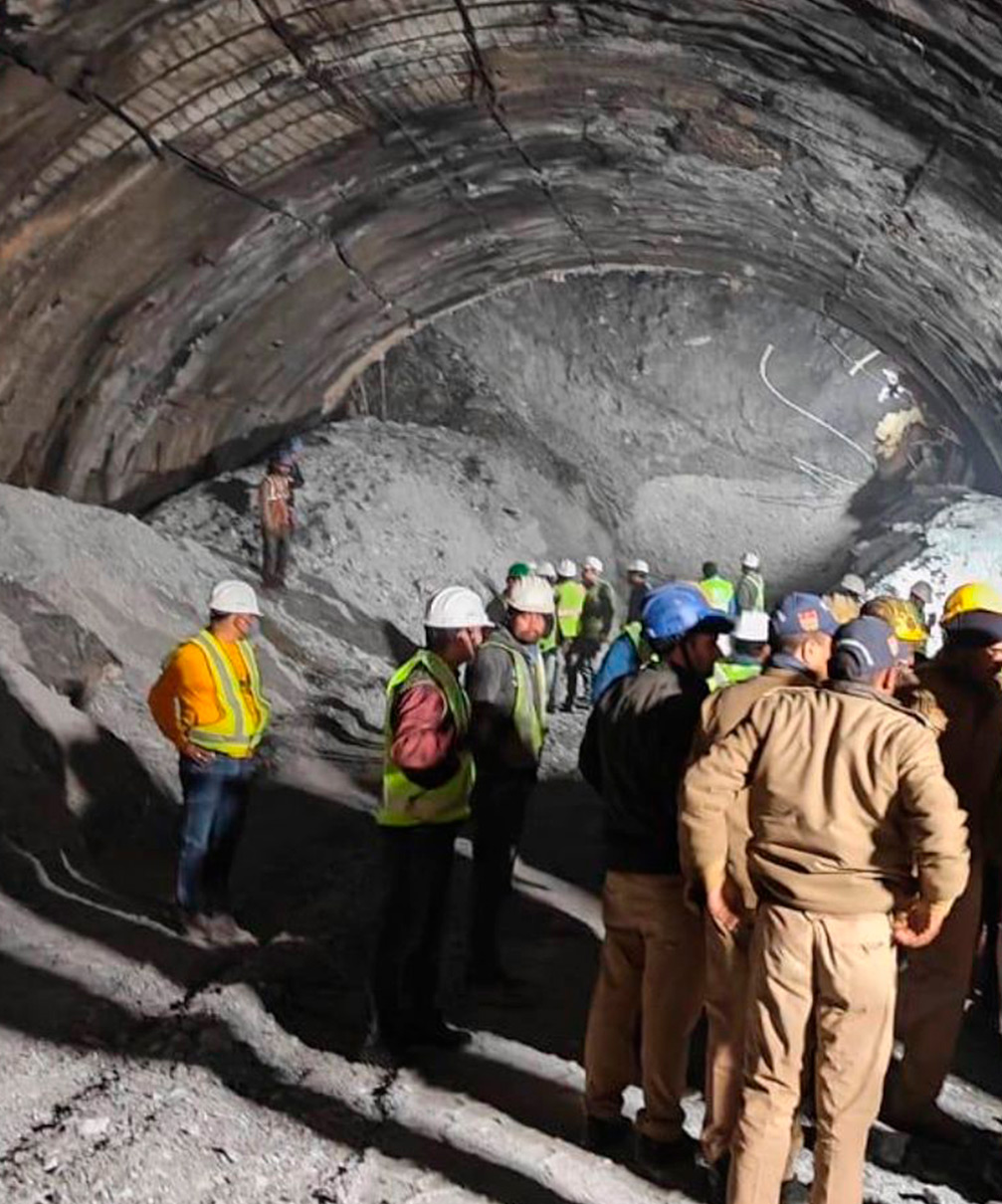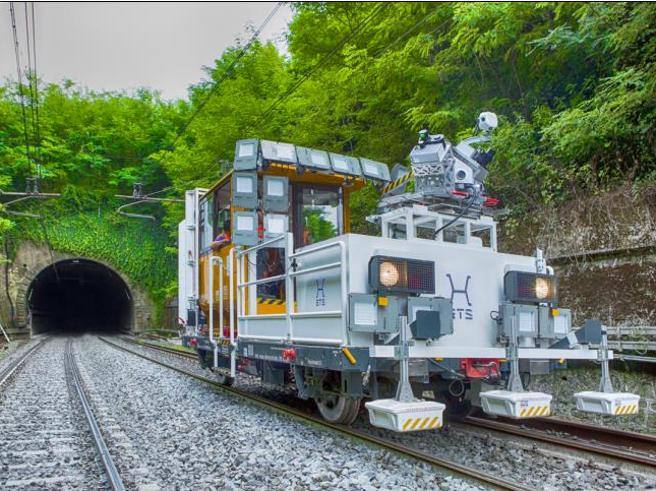On 12 November 2023, a section of the Silkyara tunnel, planned to connect National Highway 134 in the Uttarkashi district of Uttarakhand, India, caved in while under construction. The collapse occurred at around 05:30 IST and trapped 41 workers inside the tunnel. For more than two weeks, a massive rescue operation was launched to save the trapped workers, involving various government agencies, private experts, and international consultants. On 28 November 2023, the rescue team finally managed to break through the 60-meter blockage and free all the 41 workers, who miraculously survived the ordeal without any injuries.
The Silkyara tunnel collapse was a tragic incident that highlighted the geological challenges and the environmental risks of building infrastructure projects in the Himalayas.
The incident also showcased the remarkable courage and resilience of the 41 trapped workers, who endured more than two weeks of darkness, uncertainty, and hardship. The incident also demonstrated the remarkable coordination and cooperation of the rescue team, who overcame numerous obstacles and difficulties to save the workers. The incident also drew attention and assistance from various national and international experts and agencies, who offered their valuable advice and guidance. The incident was a story of survival and rescue, of hope and perseverance, of humanity and solidarity.
ITA-AITES (International Tunnelling Association) contributed to the Silkyara tunnel rescue operation thanks to the consultancy from the volunteering team of tunnelling experts, who provided advice and guidance to the rescue team. The volunteering team consisted of members and experts of ITA-AITES, who had experience and expertise in tunnel rescue operations.
The volunteering team was led by president of ITA-AITES, Arnold Dix. The volunteering team suggested various technical solutions and strategies to the rescue team and also coordinated with the international tunnelling community, who offered their support and assistance.
I am Federico Foria, an Italian tunnelling engineer who works for ETS, a company that offers integrated engineering services for various sectors, including tunnels and infrastructure.
I had the opportunity to engage with Arnold Dix, the president of ITA-AITES, during the ITA Slovenia event, where we were both keynote speakers. I shared my expertise and experience in tunnel design and safety, and offered my support to the engineering team that was working on creating additional escape routes for the Silkyara tunnel. After the event, Arnold flew to India to join the rescue team, while I returned to Italy, where I continued to be part of the ITA-AITES volunteer team. I followed the whole affair closely, providing answers to the questions from the site night and day. I considered the rescue operation a unique opportunity to demonstrate the professional and human unity of the tunnelling community, as a motor of peace and service for emergencies and beyond. I was pleased to be thanked by Arnold in person, who appreciated my dedication and collaboration, and brought me closer to the real social utility of the tunnelling profession at a global level.


Geographical and technical background
The Silkyara tunnel is part of a $1.5 billion, 890-kilometer-long flagship project called Char Dham, which aims to connect four key Hindu pilgrim sites through two-lane paved roads in the Himalayan state of Uttarakhand. The tunnel is located on the Yamunotri end of National Highway 134, which is planned to connect Dharasu on the south end to Yamunotri on the north end. The tunnel is planned to be 4.5 kilometers long and will shorten the route by about 20 kilometers.
The Himalayas are the world’s youngest mountain range, formed some 45 million years ago as a result of the collision and folding of two continental plates. The Himalayas are home to the highest peaks and are also prone to seismic activity, making them an earthquake-prone region. Geologists say that many of the rocks in the northern Himalayas, where Uttarakhand is located, are sedimentary rocks, which form when loose sediments of the Earth’s surface become compressed and bond together.
According to investigators, the tunnel did not have any escape shafts for evacuation in an emergency and was built in a geological fault. The tunnel’s location is in proximity to the main central thrust of the Himalayas, which is a major geological fault and is generally accepted to be a shear zone. The Border Roads Organisation said in a statement that the tunnel was being constructed in an extremely weak rock mass constituting meta-siltstone and phyllites. These types of rocks are prone to crumbling and sliding, making the region inherently unstable.
REFERENCES:
- Uttarakhand tunnel rescue / WIKIPEDIA
- Uttarakhand tunnel: Why its collapse is a startling wake-up call / BBC
- Uttarakhand tunnel collapse: Rescuers free 41 trapped workers / BBC
- I 41 operai indiani bloccati sottoterra sono stati liberati / IL POST
- Explained: How the Silkyara tunnel rescue operation is being carried / HINDUSTAN TIMES



